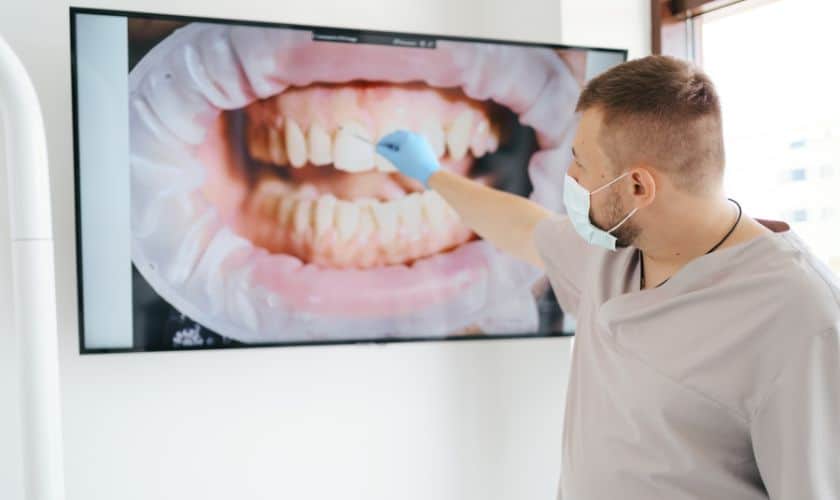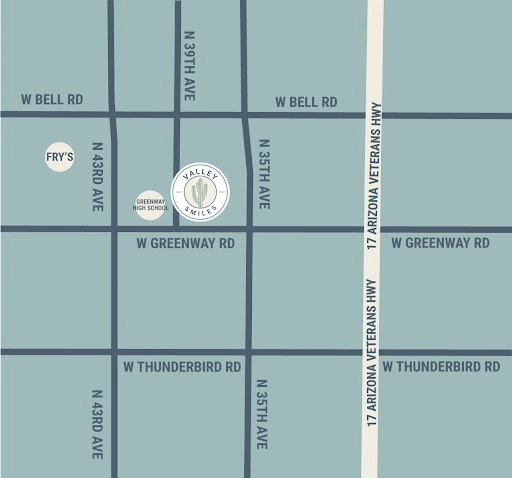Orthodontics has come a long way since the days of headgear and metal braces. The orthodontic industry continues to evolve and embrace new technology, providing patients with more efficient, comfortable, and discreet treatment options than ever before. In this blog post, we’ll take a look at the fascinating evolution of orthodontic technology and techniques over time, from ancient times to modern-day innovations. So buckle up and get ready to learn about how far orthodontics has come!
Overview of Orthodontic Technology and Techniques
Orthodontic technology and techniques have come a long way in recent years. From traditional braces to Invisalign, there are now many options available to those looking to straighten their teeth. This article will provide an overview of the different orthodontic technologies and techniques that are available today.
Traditional braces are the most common type of orthodontic treatment. They consist of metal brackets that are glued to the teeth and connected with a wire. The wire is tightened over time, gradually moving the teeth into place. Traditional braces require regular adjustments from the orthodontist and can take two or more years to achieve results.
Invisalign is a newer type of orthodontic treatment that uses clear, removable aligners instead of metal brackets and wires. Aligners are custom-made for each patient and are worn for 20-22 hours per day. They are removed for eating and brushing and must be replaced every two weeks. Invisalign treatment typically takes 9-18 months to complete.
One of the newest developments in orthodontic technology is 3D printing. With this technology, custom-made braces can be created quickly and easily. 3D-printed braces use clear plastic brackets instead of metal, making them much less noticeable on the teeth. They also tend to be more comfortable than traditional braces, as they fit better and put less pressure on the teeth. 3D-printed braces usually take 6-9 months to
Early History of Orthodontics
Orthodontic technology and techniques have evolved dramatically since the early days of the profession. Early orthodontists used crude instruments and methods to straighten teeth, often causing pain and discomfort for their patients. Thankfully, modern orthodontists have a wide array of tools and techniques at their disposal to help patients achieve a healthy, beautiful smile with minimal discomfort.
In the early days of orthodontics, metal braces were the most common type of appliance used to straighten teeth. While effective, metal braces can be quite uncomfortable and even painful for some patients. In addition, they are very conspicuous, which can be embarrassing for older patients or those in professional careers.
Nowadays, there are many different types of braces available that are far more comfortable and discreet than metal braces. Clear ceramic braces are virtually invisible when worn and cause much less irritation to the gums than metal braces. Invisalign is an orthodontic treatment that uses clear plastic aligners to gradually straighten teeth over time. This system is virtually undetectable when worn and can be removed for eating, drinking, brushing, and flossing.
The Orthotropics system is a new approach to treating malocclusion that uses special appliances to guide the growth of the jaws into their proper positions. This technique is still in its early stages of development but shows great promise as a more comfortable and effective alternative to traditional orthodontic treatments.
Recent Developments in Orthodontic Technologies
In recent years, there have been significant advancements in the field of orthodontics. New technologies and techniques have improved the quality of treatment and made it more affordable and accessible to patients. Here are some of the latest developments in orthodontic technologies:
Braces: Braces have undergone a major overhaul in recent years. New braces are smaller, sleeker, and more comfortable than ever before. They are also more effective at correcting a wide variety of dental problems. Clear braces are becoming increasingly popular among patients who want a less noticeable treatment option.
Invisalign: Invisalign is a clear aligner system that straightens teeth without the use of traditional braces. This treatment option is virtually invisible, making it very popular among adults who want to improve their smile without drawing attention to their teeth. Invisalign has become increasingly affordable in recent years, making it more accessible to patients.
Self-Ligating Braces: Self-ligating braces are a newer type of braces that do not require the use of elastic bands or ties. This makes them more comfortable for patients and helps to reduce treatment time. Self-ligating braces are also less visible than traditional metal braces, making them a good option for patients who want a more cosmetic treatment option.
Advantages of Newer Technologies over Traditional Methods
With the ever-changing landscape of technology, it’s no surprise that newer methods for achieving dental health are becoming available to patients. From at-home teeth straightening kits to clear braces that can be worn for months at a time, there are plenty of advantages that newer technologies have over traditional methods. Let’s take a look at some of the most significant advantages:
Convenience: One of the biggest advantages of newer dental technologies is convenience. At-home teeth straightening kits can be ordered online and delivered right to your doorstep, and clear braces can be easily removed for eating and cleaning. Traditional metal braces require more frequent trips to the orthodontist for adjustments and are much more difficult to clean around.
Less Invasive: Newer technologies are often less invasive than traditional methods, which can be a big benefit for patients who are looking for a more subtle solution to their dental problems. Clear braces are virtually invisible when worn, and at-home teeth straightening kits use clear aligners that are also barely noticeable. Metal braces are much more visible and can often be uncomfortable to wear.
Cost: With the wide range of options now available, the cost is another important factor to consider when choosing a treatment plan. At-home teeth straightening kits can be much more affordable than traditional metal braces, and clear braces usually fall somewhere in between the two in terms of price. No matter what your budget may be, there’s likely
Benefits of The Latest Technological Advancements
The latest technological advancements have revolutionized the orthodontic industry and have made treatment more comfortable, efficient, and effective than ever before. Some of the benefits of these latest advancements include:
-Improved comfort: Newer orthodontic appliances are much smaller and less intrusive than their predecessors, making them more comfortable to wear. Additionally, new materials such as clear brackets and ceramics are much less noticeable than metal braces, making treatment more aesthetically pleasing.
-Greater efficiency: The latest technology has made it possible to straighten teeth faster than ever before. In some cases, treatment times have been cut in half! This means that you can enjoy your new smile sooner.
-Enhanced effectiveness: With the help of computerized treatment planning and 3D printing technology, orthodontists can now create customized treatment plans that are tailored to each patient’s specific needs. This results in greater accuracy and ultimately leads to better results.
Challenges With Incorporating Newer Technologies and Techniques
While newer technologies and techniques have helped to improve the effectiveness of orthodontic treatment, there are still some challenges that need to be addressed. One of the biggest challenges is getting patients to accept and use new technologies and techniques. This can be a difficult task because many patients are hesitant to try something new, especially when it comes to their teeth and mouth. another challenge is finding qualified personnel who are trained in using newer technologies and techniques. This can be difficult because orthodontic technology and techniques are constantly changing and evolving.
Conclusion
The conclusion looks to the future of orthodontic technology and techniques. Third molar extractions and their potential association with adverse outcomes such as TMJ problems. It also discusses new Damon System self-ligating braces and how they may improve treatment times. Additionally, it mentions the use of 3D printing in orthodontics for making customized appliances and how this technology may become more widely used in the future.





